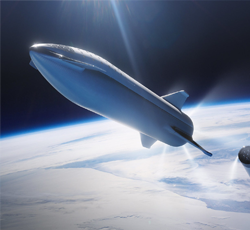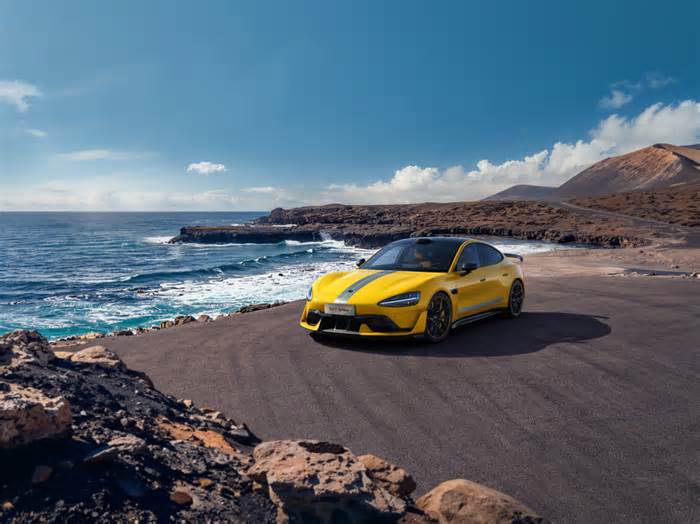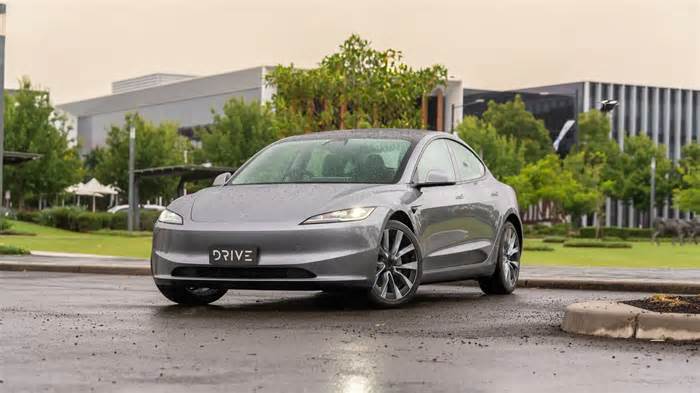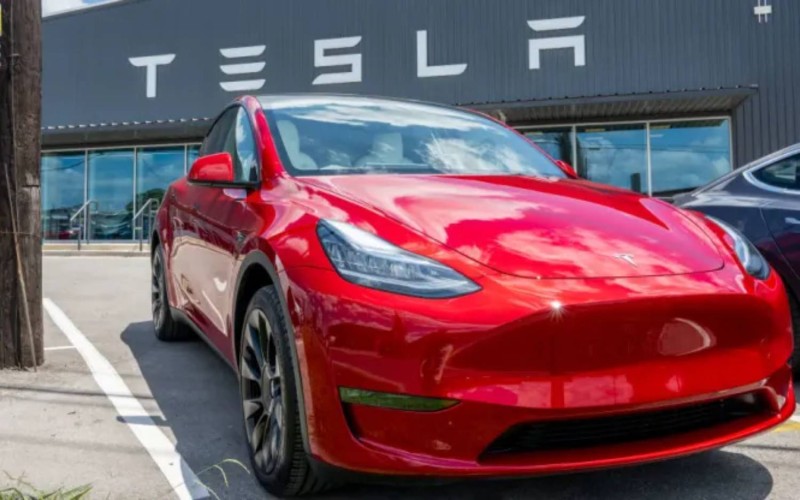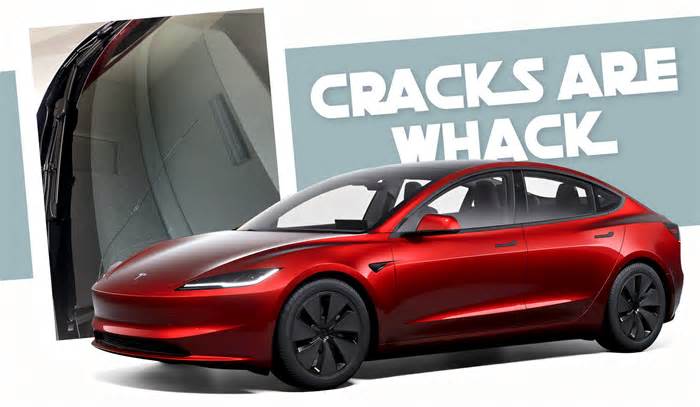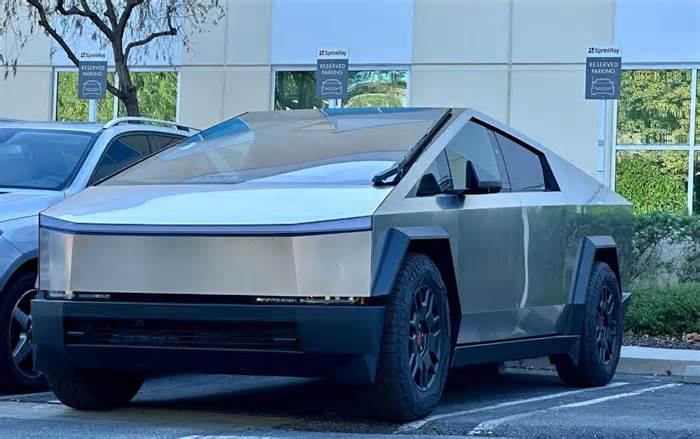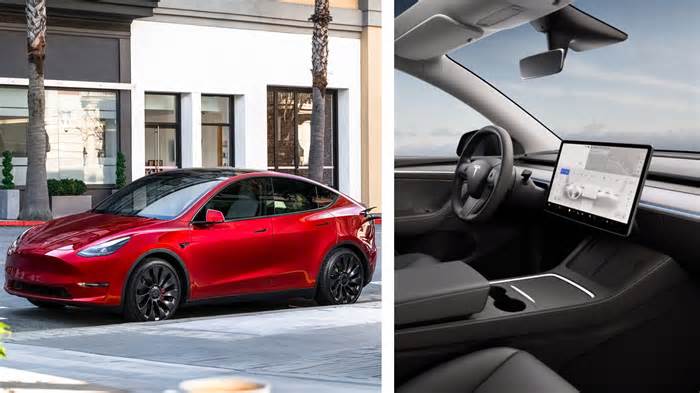
Tesla Model 3 vs Toyota Camry
- by Carsguide.com.au
- Feb 13, 2022
- 0 Comments
- 0 Likes Flag 0 Of 5
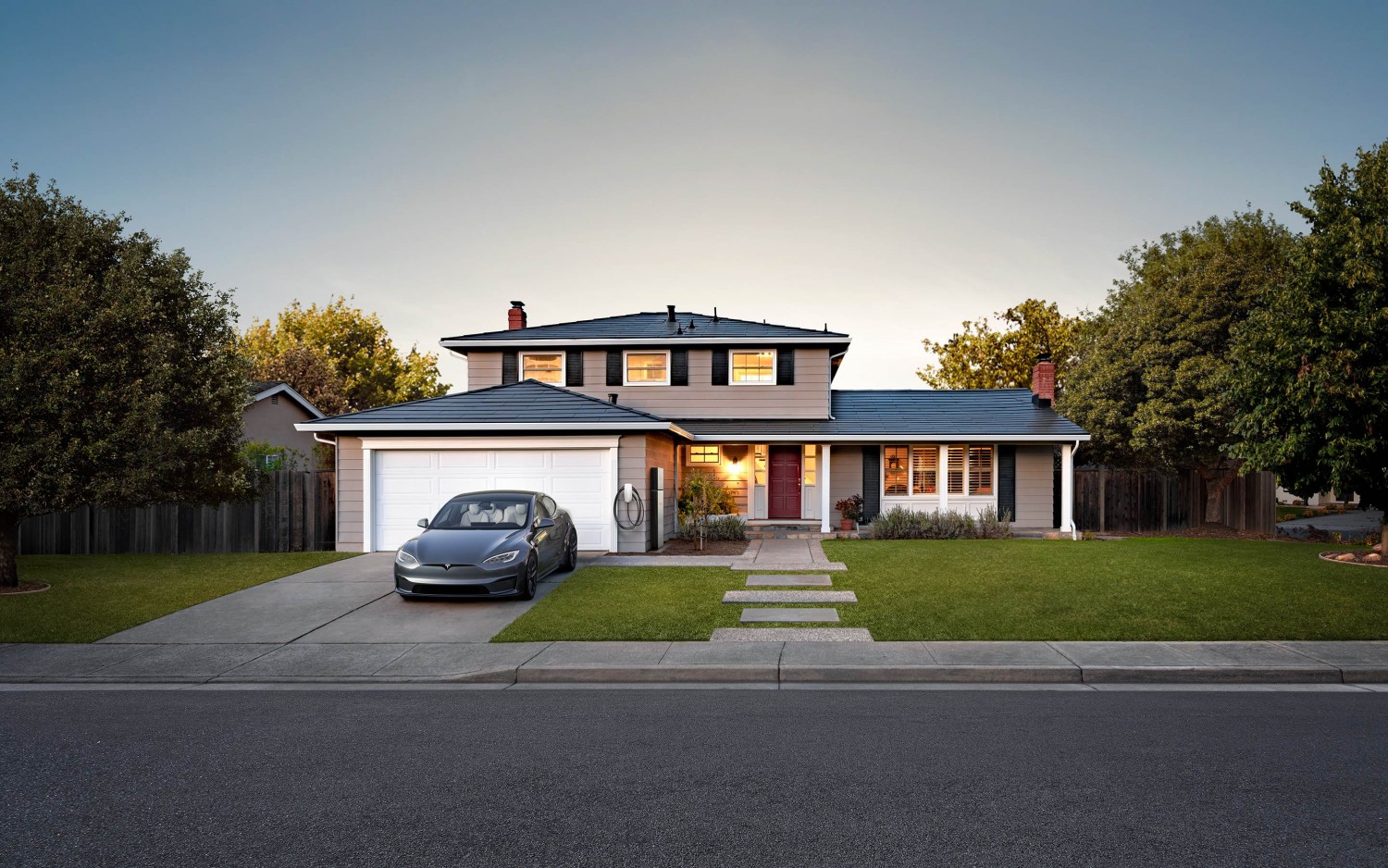
Standard equipment for the new Camry includes cloth upholstery, an 8.0-inch touchscreen multimedia system with satellite navigation, Toyota Connect app, wireless Apple CarPlay and Android Auto, dual-zone climate control, keyless entry and start, 7.0-inch digital instrument cluster, digital radio and Bluetooth connectivity.
Practical features include 17-inch alloy wheels, temporary spare tyre, power-release boot lid, and manual release buttons for the rear seats in the boot area.
Strangely though, the base model still misses out on rain-sensing windscreen wipers for some reason.
Under the bonnet
If you’ve ever driven the previous Model 3 Performance you’ll know that it could well have come with Space X badging (arguably Elon’s more impressive engineering achievement), because it really did thrust rather than accelerate.
But this time the engineers wanted to go all out. Customers appreciated the incremental performance they got from the last Model 3 Performance version, but they told Tesla they wanted more.
With many enthusiasts among Tesla's engineering and development team, they looked to unlock the performance potential of the platform.
So, that meant a whole lot more madness and torque thump. It comes from a new Performance 4DU, an all-new drive unit - featuring an entirely new rear motor that uses bar-winding technology - unlocking 22 per cent more continuous power, 32 per cent more peak power and 16 per cent higher peak torque delivery.
Overall figures are 380kW and 740Nm, but looking at them written down, they seem big, yet not as big as they feel in this car, as it’s shoving you from a standing start to 100km/h in three seconds flat.
It feels faster. Sick-making fast, even.
Under the bonnet
The 2025 Camry has the new and improved hybrid system that Toyota is rolling out and a redesigned electronic continuously variable transmission (CVT) – both changes are welcome to the 2.5L four-cylinder engine.
This combo produces up to 170kW of power, which is up from the previous model but the torque remains the same at 221Nm.
Efficiency
Despite being heavier and gruntier, Tesla claims the new Performance Model 3 manages to be more efficient than the one it replaces, albeit delivering just a two per cent reduction in energy consumption. Claimed energy usage is 16.7 kWh/100km.
Tesla claims a total range of 528km on the WLTP, which is obviously going to drop if you drive it the way its makers clearly intended.
Using a Tesla Supercharger, you can add 228km in 15 minutes and... that's all Tesla will tell us. There are no official figures available for how long a full charge takes, on either a Tesla charge or a home wallbox of your own.
Efficiency
The outgoing model had an excellent combined fuel cycle figure already but the new hybrid system improves it again to just 4.0L/100km. With the 50L fuel tank, that gives you a theoretical driving range of up to 1250km. Outstanding for a family car!
After doing 803km this week and those kilometres being mostly open-road driving, which is where hybrids are at their least efficient, my real-world figure was 4.4L, which is still great. Expect it to be even better in the city.
Driving
Very occasionally, one drives a car that makes the human body feel inadequate to the task. I would have worried that I’m getting old, that my body is simply too flubby and my brain too broken, to cope with the kind of wild acceleration and brutal g-forces the Model 3 Performance delivers.
But, fortunately, I had a videographer in the passenger seat, a much younger man who loves fast cars, and he kept threatening to vomit when I drove it hard, too.
I’ve driven quite a few cars that you can use make your passenger sick, or hurt their necks - one obvious competitor in the shape of a Porsche Taycan Turbo S comes to mind - but it’s very rare that a vehicle is so intense it can make you, the driver, feel bilious.
Yes, you do bring this on yourself, by choosing to push this Performance anywhere near its limits through particularly sharp and intestine-shaped roads like the canyons outside Malibu Tesla chose to launch it on.
On longer, sweeping bends it was far more of a joy, and less physically punishing, but in the tight stuff it often felt like corners were being thrown at you, as if you were driving behind the Millennium Falcon and being pulled along in its wake.
The brakes, special new sporting ones with track-ready pads, were up to the task, even though it often felt like they couldn’t possibly pull you up from the speeds you were doing.
And yes, it was entirely my fault that the very first time I even gently prodded the throttle and it launched me ahead past a California Highway Patrol officer, that was my fault too. Three minutes into the drive, holding an American fine, I had already deduced that perhaps this car was too fast for my own good.
But lots of EVs are fast in a straight line, you’re really comparing the length and depth of your “oooophhh” sounds at this point, but where this one succeeds is by being a lot better in the handling and ride and cornering departments than most.
Tesla’s stated goal with this car was to move beyond straight-line speed, to become more than a one-trick pony, and to do that it’s given the Performance a stiffer structure overall and updated the springs and stabiliser bars.
Aerodynamic changes have reduced drag by five per cent, delivered a 36 per cent lift reduction, and a 55 per cent improvement in front-to-rear lift balance.
Tesla’s own, in-house version of adaptive dampers, not an option but included in every Performance, work with the car’s 'Vehicle Dynamics Controller' through its various modes - 'Insane' and 'Track' being the most… ludicrous - to immediately respond to driver inputs.
The Performance rides well on LA’s awful concrete freeways but feels absolutely nailed down when you attack even a bumpy driver’s road.
This version also has a lot more power going to the rear wheels, to help it feel more sports-car playful and to fire out of bends the way an enthusiast’s car should. And make no mistake, I met them, the people behind this car are serious driving enthusiasts (although they demur, slightly, on whether their boss is one).
Track mode will allow some serious adjustability, drifting ability and fun, so the kind of people who want to hurl around a racing circuit in silence will love it.
Perhaps the only let downs are that it still feels a bit austere inside, just not very special, and that the steering is just a bit digital, soft and uninvolving, compared to the cars they clearly benchmarked against - BMWs and Porsches.
Driving
Toyota really does the hybrid thing well – the engine and electric motor handle duties effortlessly between them, with minimal fuss like noise or gear changes.
The well of power feels deep enough to really let it loose on the highway, if need be, but that also makes it zippy in the city.
This is sure-footed in most scenarios and I like the comfort that brings to the driving.
The steering is direct enough to feel responsive but not sporty. It handles corners well and suspension is well-tuned, so you don’t wince when you hit bumps.
Being set low and having average-sized windows means visibility can be a little hampered when heading down a hill as you bob and weave to see around the rear-view mirror and thick pillars.
The Camry is 4920mm long (33mm longer than previous gen) and it fills out a space. With it's low profile, you have to be careful not to scrape the bottom on anything but it’s still relatively nimble in a car park because of its tight steering and clear 360-degree camera system.
Safety
Tesla provided no information about safety for the Performance Model but it is assumed it will be unchanged from a standard Model 3.
Aside from Autopilot that means auto emergency braking, lane keep aids, and instead of blind-spot monitoring, it gets the surround radar view and blind-spot cameras when you indicate.
The latest Model 3 has an additional centre airbag for a total of seven, as well as additional bolstering where the doors meet the body in response to requirements in its American home market.
It should be able to carry its maximum five-star ANCAP safety rating, which the original version achieved in 2019.
Safety
The Camry has a brand-spanking new five-star ANCAP safety rating from this year (2024) and now sports eight airbags, including a front-centre airbag.
The safety features list is impressively long with all of the biggies included like blind spot monitoring, SOS call button, driver attention alert, safe exit warning, rear occupant alert, forward collision warning, LED daytime running lights, rear cross-traffic alert, lane departure alert, lane keeping aid, traffic sign recognition, intelligent seatbelt warning, a 360-degree view camera system, and front and rear parking sensors.
The adaptive cruise control has a new cornering feature, which will slow your speed down in corners but it didn't always activate and when it did, it slowed down too dramatically to make the system feel smooth to use.
All other systems feel well-tuned for daily driving.
Kia EV6 vs Tesla Model 3
May 21, 2022
Please first to comment
Related Post
Cybertruck Review Includes Eggs And Dog Poop
- Feb 23, 2025
Stay Connected
Tweets by elonmuskTo get the latest tweets please make sure you are logged in on X on this browser.
Sponsored
Popular Post
tesla Model 3 Owner Nearly Stung With $1,700 Bill For Windshield Crack After Delivery
35 ViewsDec 28 ,2024
Middle-Aged Dentist Bought a Tesla Cybertruck, Now He Gets All the Attention He Wanted
32 ViewsNov 23 ,2024





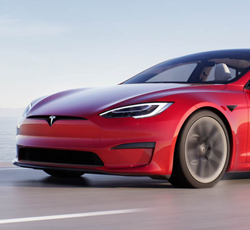
 Energy
Energy